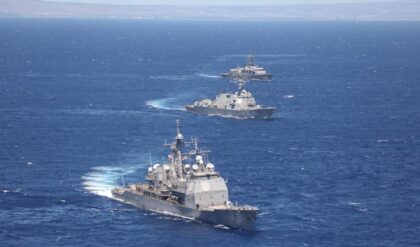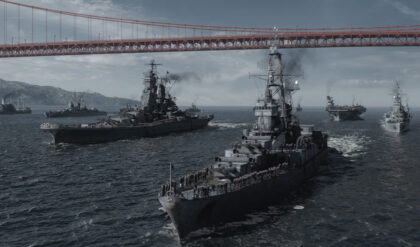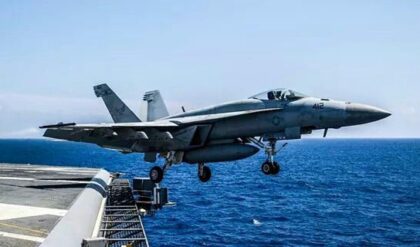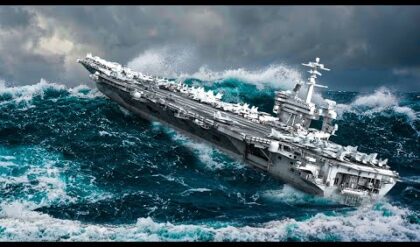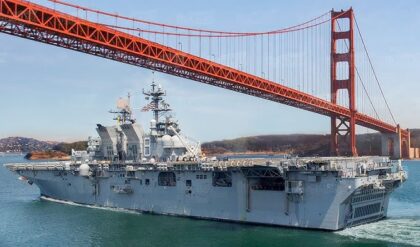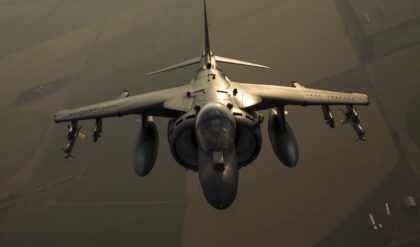USS Ronald Reagan (CVN-76) and the Japan Maritime Self-Defense Force (JMSDF) Murasame-class destroyer JS Samidare (DD-106) sailed in formation during a multi-deck event on June 9, 2023.

This event marked a significant collaboration between the United States, Japan, Canada, and France, involving two U.S. carriers and a Japanese big deck in the Philippine Sea.
The joint exercise was a part of the Indo-Pacific Command’s Large Scale Global Exercise (LSGE) 2023, a commitment to enhancing regional security and cooperation.
Both the U.S. and Japan issued official statements about the exercise, though with some differing details.
While both releases acknowledged the exercise’s inclusion in LSGE 2023, the JMSDF statement referred to it as a “Multi Big-Deck Event.”
Discrepancies also emerged regarding the location, with the U.S. release pinpointing the exercise in the Philippine Sea and the JMSDF indicating it spanned from the east of Okinawa to the East China Sea.
The participating vessels included:
Carriers:
– USS Nimitz (CVN-68)
– USS Ronald Reagan (CVN-76)
Helicopter Destroyer:
– JS Izumo (DDH-183)
Cruisers:
– USS Bunker Hill (CG-52)
– USS Robert Smalls (CG-62)
– USS Antietam (CG-54)
Destroyers:
– USS Decatur (DDG-73)
– USS Chung-Hoon (DDG-93)
– USS Rafael Peralta (DDG-115)
– USS Wayne E. Meyer (DDG-108)
– JS Samidare (DD-106)
Frigates:
– FS Lorraine (D 657)
– HMCS Montreal (FFH336)
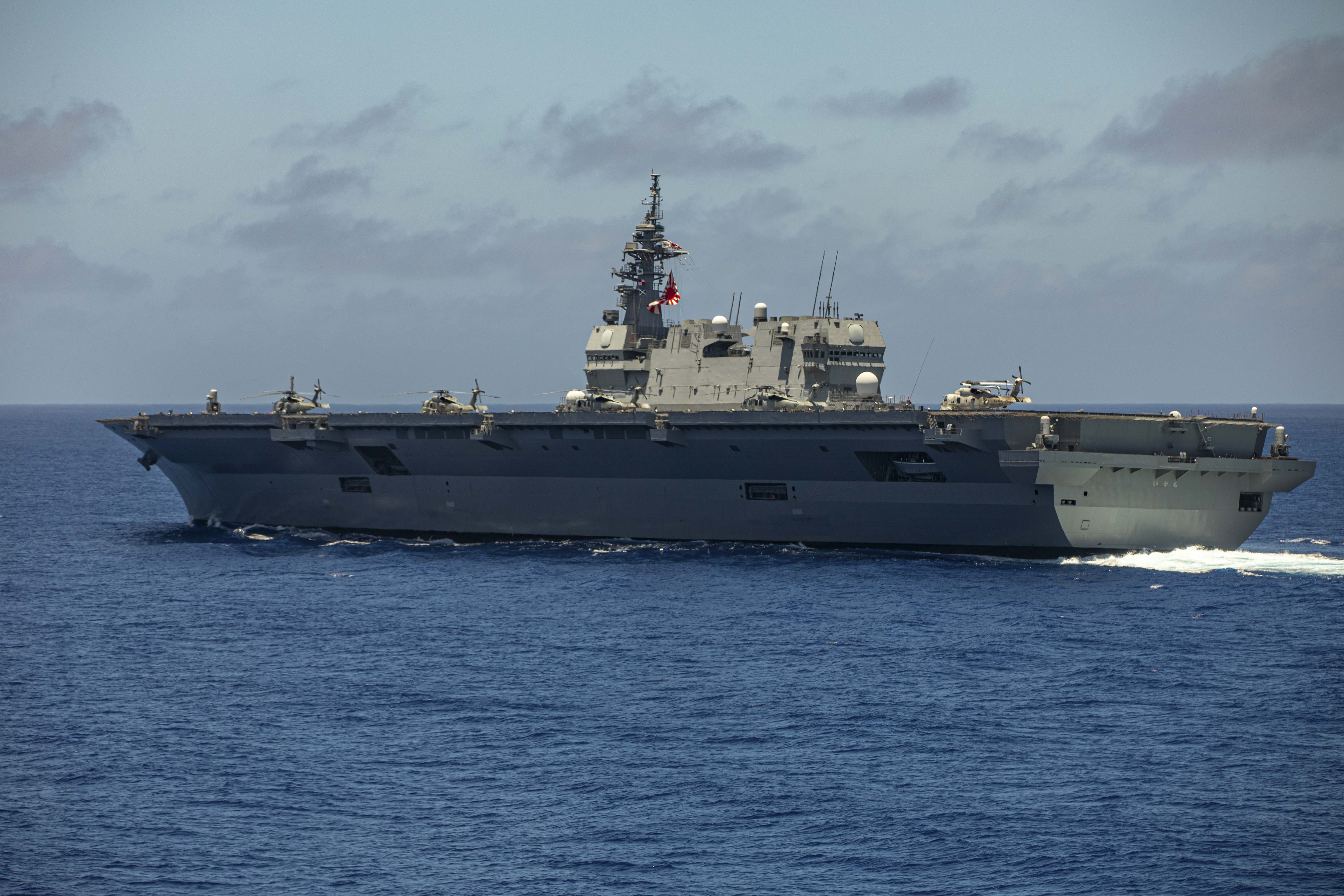
According to the JMSDF release, the U.S. Air Force and the Japan Air Self-Defense Force also participated in the exercise.
The U.S. Air Force contributed B-52 bombers, while the JASDF dispatched F-15 fighters from the 9th Air Wing and the South West Aircraft Control & Warning Wing.
Notably, this joint exercise marked the first instance of the two U.S. strike groups operating together since June 2020, as noted in the U.S. statement. Rear Admiral Michael Donnelly, commander of Japan-based CSG-5, emphasized the collaborative effort’s significance in promoting a free and open Indo-Pacific. He highlighted the exercise’s demonstration of interoperability and combined capability among allies, strengthening stability and security in the region across various naval domains.
In a separate engagement, the Japan Maritime Self-Defense Force’s Izumo-class destroyer JS Izumo (DDH-183) and JS Samirdare, alongside the destroyer JS Shiranui (DD-120), constituted the first surface unit of IPD23—a multi-taskforce deployment spanning the Indo-Pacific. Commencing on June 1, this unit embarked on a three-and-a-half-month deployment.
Additional surface units included the landing ship tank JS Shimokita (LST-4002), set to depart imminently, and the frigate JS Kumano (FFM-2), which concluded its deployment on Saturday after visiting Indonesia, Malaysia, and Singapore, engaging in exercises with various navies throughout its mission.
The JMSDF continues to uphold its ballistic missile defense system’s alert posture, ensuring preparedness against potential threats.
Meanwhile, in the Arabian Sea, the Indian Navy reestablished dual carrier operations that had ceased in 2016.
The carriers INS Vikramaditya (R33) and INS Vikrant (R11) conducted joint exercises, deploying 35 aircraft—including MiG-29K fighters, MH-60R, Kamov, Sea King, Chetak, and ALH helicopters.
This successful operation underscored the importance of sea-based air power in maintaining maritime superiority and promoting regional stability.
The Indian Navy remains committed to enhancing its defense capabilities, including the ongoing push for funding a second indigenously built carrier.
